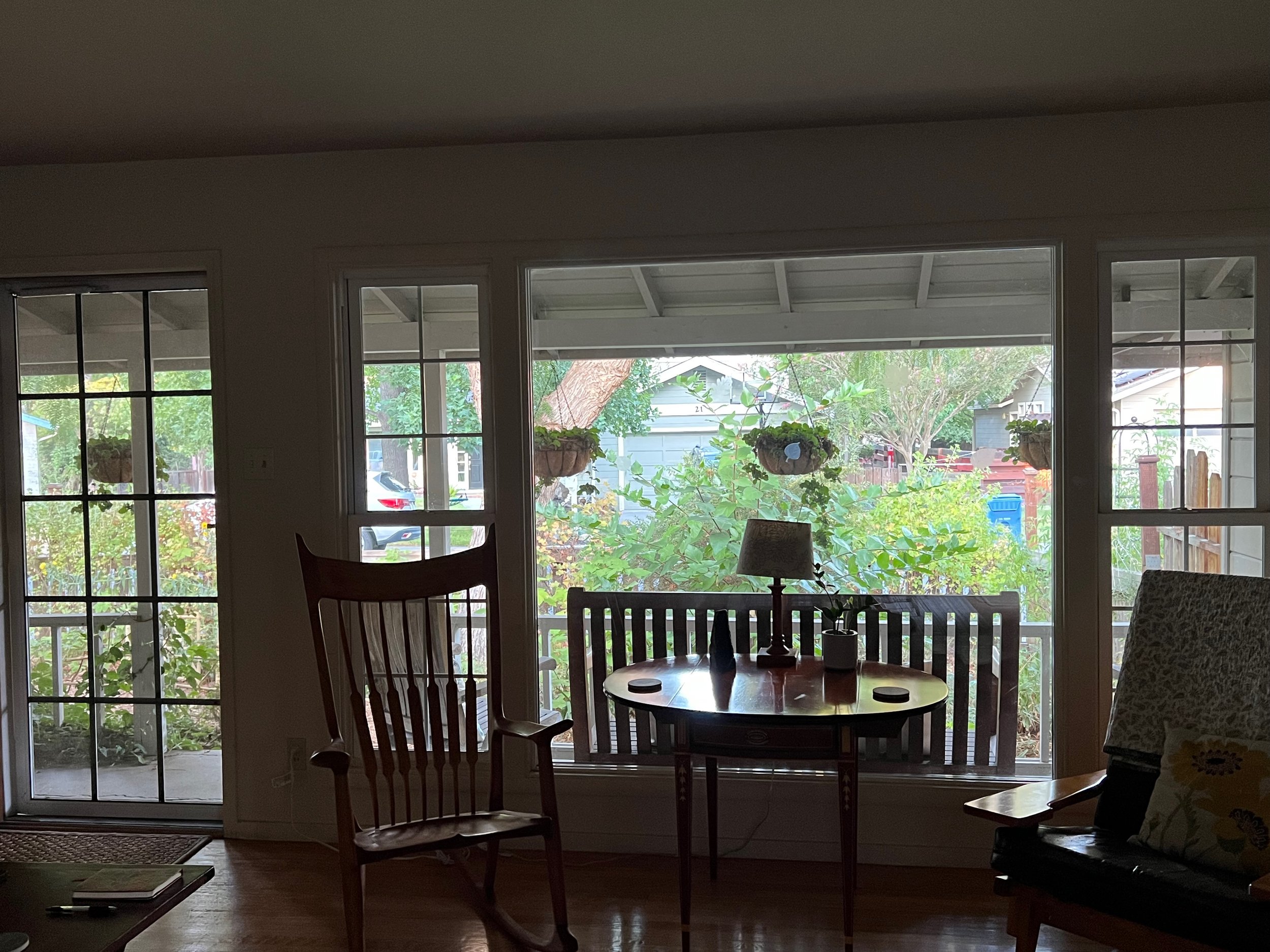I decided to make salsa with the rest of my school-garden-tomato-haul. I recently replanted our raised beds at home with winter crops, so the last of our summer pepper harvest was also used for this purpose along with our own garlic, and onions from a neighbor’s CSA share (she had so many onions that she begged me to take some!). I very roughly followed this recipe, omitting the cumin and using only hot peppers rather than a combination of hot and sweet.
Smell-o-vision would be good right about now
Since there are only two of us in the house at the moment, I don’t need to worry about having enough freezer space - there’s plenty of room. So instead of canning this salsa, I’ll just freeze it. The recipe reflects that, having less acid than usual, and I used jarred lime juice rather than fresh, and our own homemade apple cider vinegar, since I didn’t need to worry about food-safety-acidity-%. This made for a very casual salsa-making endeavor, especially with no water-bath canning to be done. I enjoyed the process a lot more, I must say!
I didn’t remove any of the pepper seeds or ribs, so this salsa has turned out a bit spicy! That’s ok - I’m the only wimp in the family, everyone else likes it that way. I used mostly 1/2 pint jars for this, so that we don’t have a huge jar of salsa sitting in the fridge for too long (and letting it go bad, therefore wasting it). They’re also the perfect size to share. Hooray for tomato season!





















